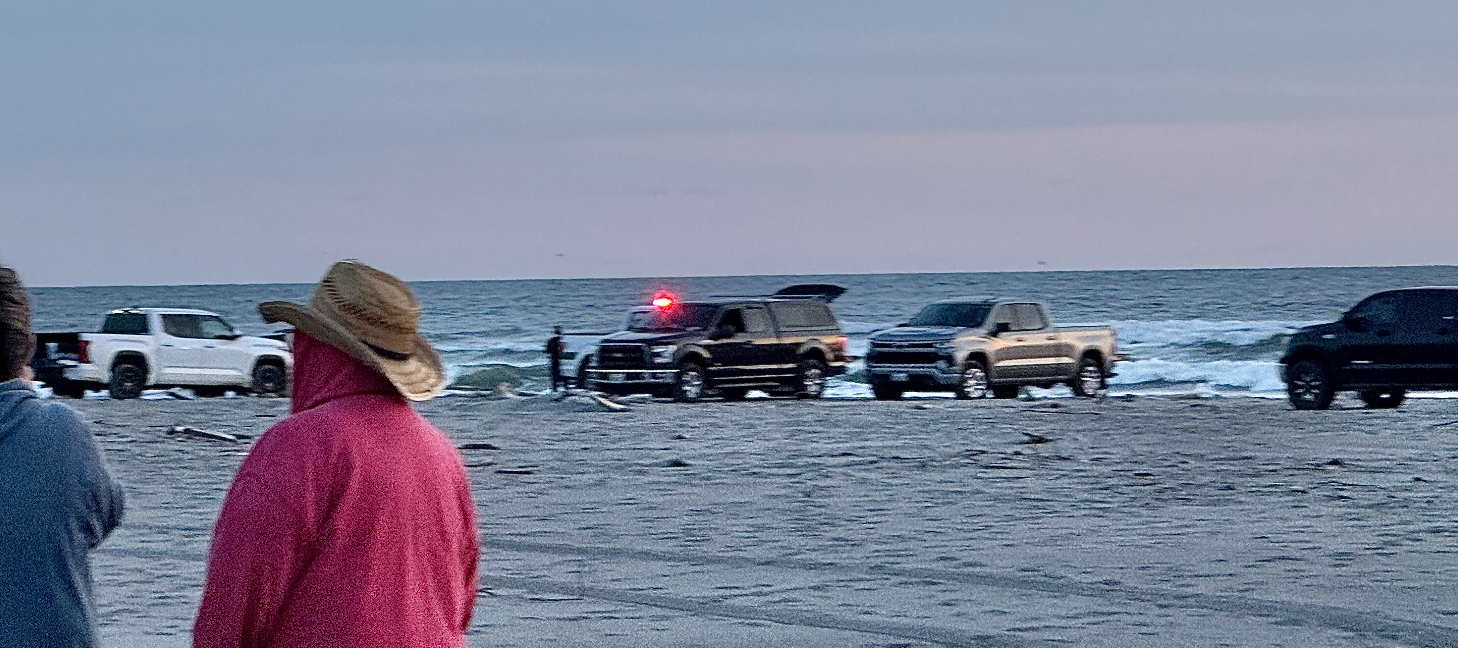Birdwatching: Common nighthawk and common poorwill: Addendum
Published 11:15 am Tuesday, July 18, 2017

- Common nighthawks glide through the evening air.
By Dr. Madeline Kalbach
For the Observer
A few weeks ago I wrote about the common nighthawk. Many field guides indicate that it and the common poorwill fall under the category of goatsuckers and/or nightjars. Most recent field guides only use the term nightjar. Having used the term goatsucker, it seems as though I should answer a question that has been asked, namely, “Where did the name “goatsucker” come from?” Strangely enough, the same question was raised by a reader in the May-June issue of Bird Watcher’s Digest (pp. 81-82).
In short, the answer lies in the past. Ancient folklore of a few thousand years ago is the culprit in tandem with the family name given to nightjars, which is Caprimulgidae. The family name “Capr” means goat in Latin and “mulg” means milk. As the story goes, the folklore that developed indicated that the birds belonging to this family were thought to drink milk from goats in the fields or in barns on farms under the cover of darkness! Remember though, this is folklore and therefore, untrue, and as previously discussed nightjars feed on insects.
Birds belonging to this family have small bills, but a huge gape. The gape of a bird is defined as the interior of the open mouth. The width of the gape is often a factor in the choice of food. A wide gape would seem to be an advantage for birds that catch their meals on the wing at night because a huge gape is like a funnel! Nightjars are often seen in areas where there are large farm animals because they tend to attract insects.
Thus, the more common name for the common nighthawk, the common poorwill and their other relatives is now nightjar. Nightjar is defined as a nocturnal insectivorous bird with the physical characteristics of the common nighthawk and the common poorwill. According to Sibley, nightjars “often sit on quiet back roads and their eyes strongly reflect any light shone on them… This “eyeshine” is an excellent way to locate nightjars (and other nocturnal animals)”. So, grab your binoculars, take a night drive and look for nocturnal birds and animals!





